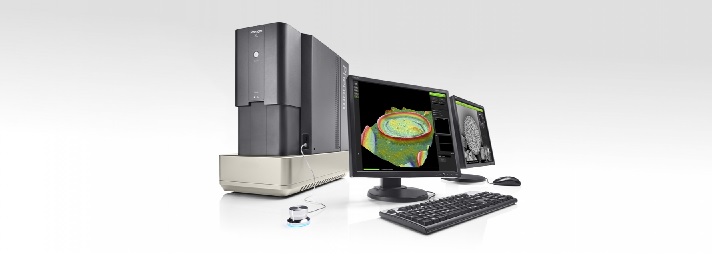

EUROLAB Laboratory provides accredited testing services within the scope of ISO 10312, Ambient air - Determination of asbestos fibers - Direct transfer transmission electron microscopy method. This test method specifies a reference method using transmission electron microscopy for the identification of airborne asbestos fibers and structures in a wide variety of ambient air conditions, including the interior atmospheres of buildings, and for a detailed assessment of asbestos structures in any atmosphere. The method allows to determine the type(s) of asbestos fibers present and also includes measuring the lengths, widths and aspect ratios of asbestos structures. The method cannot distinguish between individual fibers of asbestos and elongated fragments (cleavage fragments and pointed particles) from non-asbestos analogues of the same amphibole mineral.

This analysis includes the measurement of the lengths, widths and aspect ratios of asbestos structures, is applicable to the determination of airborne asbestos in a wide variety of ambient air conditions, including the interior atmospheres of buildings, and for a detailed assessment of any atmosphere. Since the best available medical evidence shows that numerical fiber concentration and fiber sizes are relevant parameters for the assessment of respiratory hazards, fiber counting is the only sensible approach.
Most fibers in ambient atmospheres are not asbestos and therefore fibers need to be identified. Many airborne asbestos fibers in ambient atmospheres have diameters below the resolution limit of the optical microscope. This document is based on transmission electron microscopy, the only technique with sufficient resolution to allow detection of small fibers and currently able to definitively identify the majority of individual asbestos fibers. Airborne asbestos is usually found as a mixture of single fibers and more complex, agglomerated structures that may or may not agglomerate with other particles.
Fibers suspended in the ambient atmosphere can usually be identified with precision if sufficient measurement effort is made. However, if each fiber were identified in this way, analysis would become prohibitively expensive. Due to instrumental deficiencies or the nature of the particle, some fibers cannot be positively identified as asbestos, although all measurements indicate that it may be asbestos. Subjective factors therefore contribute to this measurement and as a result a very precise description of the procedure is required for identification and numbering of asbestos fibers. The method outlined in this document is designed to provide the best possible explanation of the nature, numerical concentration, and size of asbestos-containing particles found in an air sample. This standard requires the use of a very detailed and logical procedure to reduce the subjective aspects of measurement. The data logging method outlined in these tests is designed to allow for reassessment of structure count data as new medical evidence emerges. All applicable sample preparation techniques result in some modification of the airborne particle. Even the collection of particles from a three-dimensional dispersion in air onto a two-dimensional filter surface can be considered a modification of the particle, and some of the particles in most samples are replaced by sample preparation procedures. However, the procedures outlined in this document are designed to minimize degradation of the collected particulate material, and the impact of these degradations can be evaluated.
This test method describes the analysis method for a single air filter. However, one of the biggest potential errors in characterizing asbestos in ambient atmospheres has to do with variability between filter samples. Therefore, it is necessary to design an iterative sampling scheme to determine the accuracy and precision of this document.
Our Other Test Methods.
To get an appointment, to get more detailed information or to request an evaluation, you can ask us to fill in our form and reach you.